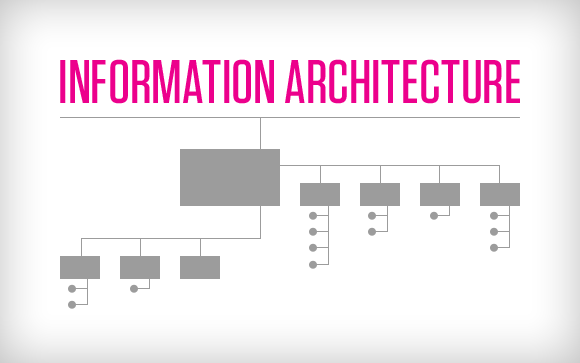Information Architects Wurman Pdf


INTRODUCTION: RICHARD SAUL WURMAN. These are all examples of information architecture; the building of information structures that allow others to understand.
Linked Open Data cloud diagram 2014 In DBpedia semantics, the database contains 4.58 million “things” and 583 million “facts.” Facts are statements that can be made by linking one Wikipedia object to one another or to objects in an external database. DBpedia is most widely used for linking subject, object predicates triples. Each thing in the DBpedia dataset is identified by a URI (universal resource identifier), such as In this instance, “Name” is derived from the URL of the source Wikipedia article: Examples: “Facts” can be expressed in RDF triples, as in the following examples: A “has name” B Subject → Predicate → Object S = P = O = “Richard Saul Wurman” S = P = O = One can then turn a set of triples such as these into an ontology of Facts and Things about a particular subject. In Wikipedia, the core of DBpedia consists of an infobox, which is a summary of article metadata. In the following example taken from the Wikipedia article on Richard Saul Wurman (Figure 3), the infobox template is rendered on the page as a box of information, but the data is extractable via DBpedia.
There is a tsunami of data that is crashing onto the beaches of the civilized world. This is a tidal wave of unrelated, growing data formed in bits and bytes, coming in an unorganized, uncontrolled, incoherent cacophony of foam. None of it is easily related, none of it comes with any organization methodology. Now for the good news: There is a dune on the beach. There is a breakwater in the ocean that is clearly emerging in these last fleeting moments of the 20th century.
The breakwater is indeed breaking up the tsunami of data and focusing it in a more organized way to answer our questions and concerns. There is a new breed of graphic designers, exhibition designers, illustrators and photographers, whose passion it is to make the complex clear.
University Of Bologna
I call this new breed of talented thinkers Information Architects and this book was created to help celebrate and understand the importance of their work - a work which inspires hope that as we expand our capabilities to inform and communicate that we will value, with equal enthusiasm, the design of understanding. With the publication of his first book in 1962 at the age of 26, Richard Saul Wurman began the singular passion of his life: that of making information understandable. A holder of both M. Degrees from the University of Pennsylvania, he has been awarded several grants from the National Endowment for the Arts, a Guggenheim Fellowship, two Graham Fellowships & two Chandler Fellowships. In 1991, Richard Saul Wurman received the Kevin Lynch Award from MIT for his creation of the ACCESS travel guides. In 1994, he was named a Fellow of the World Economic Forum in Davos, Switzerland & awarded a Doctorate of Fine Arts by the University of the Arts in Philadelphia, PA.
In 1995, he received an Honorary Doctor of Letters from Art Center College of Design & was Chairman of Graphic Design & Product/Industrial Design of the1995 Presidential Design Awards. Richard Saul Wurman continues to be a regular consultant to major corporations in matters relating to the design & understanding of information. He is married to novelist Gloria Nagy, has 4 children & lives in Newport, Rhode Island.